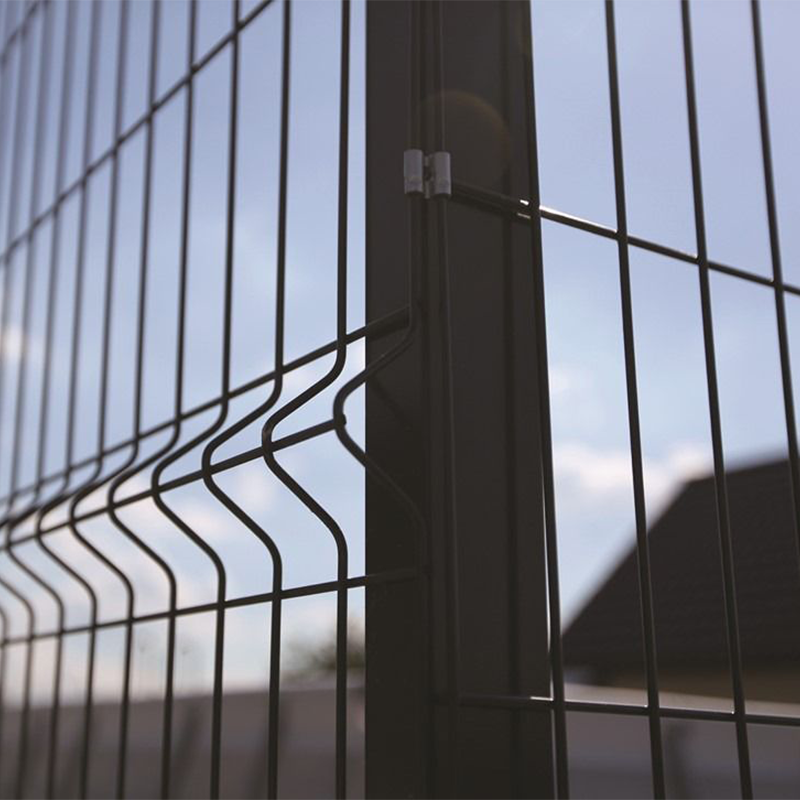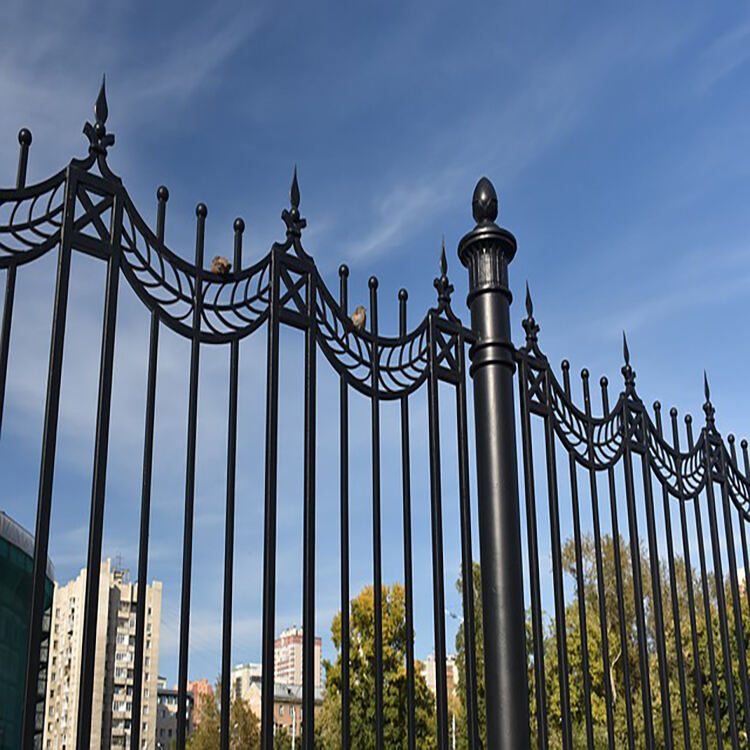Airport security is very crucial for the protection of passengers, staff, and the aircraft itself. One of the most important parts for the airport security systems to work is the fencing around the facilities. Airport fences are meant to be the first line of defense against any incidents that are deemed unauthorized, and the design, materials, and technology used in fencing has changed quite a lot over the years in order to meet the new security challenges.
The most important role of airport fences is to establish a boundary that helps in restricting intruders and animals from getting into the airfield. Such fences are usually made from materials having great strength, such as chain link, welded wire, and solid panels which can endure attempts of unauthorized access. Furthermore, fences for airports are built to a certain height and depth to ensure that it is not easy to climb over or dig under them.
In the last several years, fence technology has been changed due to the advent of electronic surveillance systems. Today, many airports utilize motion detectors, CCTV cameras, and alarm systems that are integrated into the fence barrier. This multi barrier system greatly improves security and safeguards airport facilities, as such measures ensure direct supervision and a quick reaction to potential threats.
In addition, the airport fences adheres to the regulations set by the aviation authorities for their construction. These rules set the minimum requirements for the fence's height and strength, as well as any other security measures that need to be taken. Most airports having such fences are rarely breached which is a cost saving strategy against legal issues or fines which would be more costly.
Another crucial consideration in the designing of airport fences is how they aid in the management of various forms of wildlife. Airports that are positioned near wildlife areas have to deal with the threat of wild animals encroaching into the airfield area, which endangers the safety of the planes. Specialized wildlife fencing which is often used along with modification of the wildlife's habitat is one of the many ways used to curb these risks and make the working environment safer.
As the dynamics of security at airports change, it seems clear from the developments taking place that there is a greater focus on smart fencing technologies. Such innovation encompasses the incorporation of AI and ML tools to scrutinize data from security footage for necessary threat detection and response. Furthermore, the use of security systems powered by renewable energy has become more widespread in order to accomplish global sustainability objectives.
To conclude, airport fences continue to play a significant role in physical airport security, as barricades against unauthorized intrusion and even wildlife incursions. Fences at airports are expected to improve due to developments in technology while focusing on meeting regulatory standards. New threats will bring the need for new measures, and airports will have to adapt and update their plans for the protection of their facilities, passengers, and employees.



